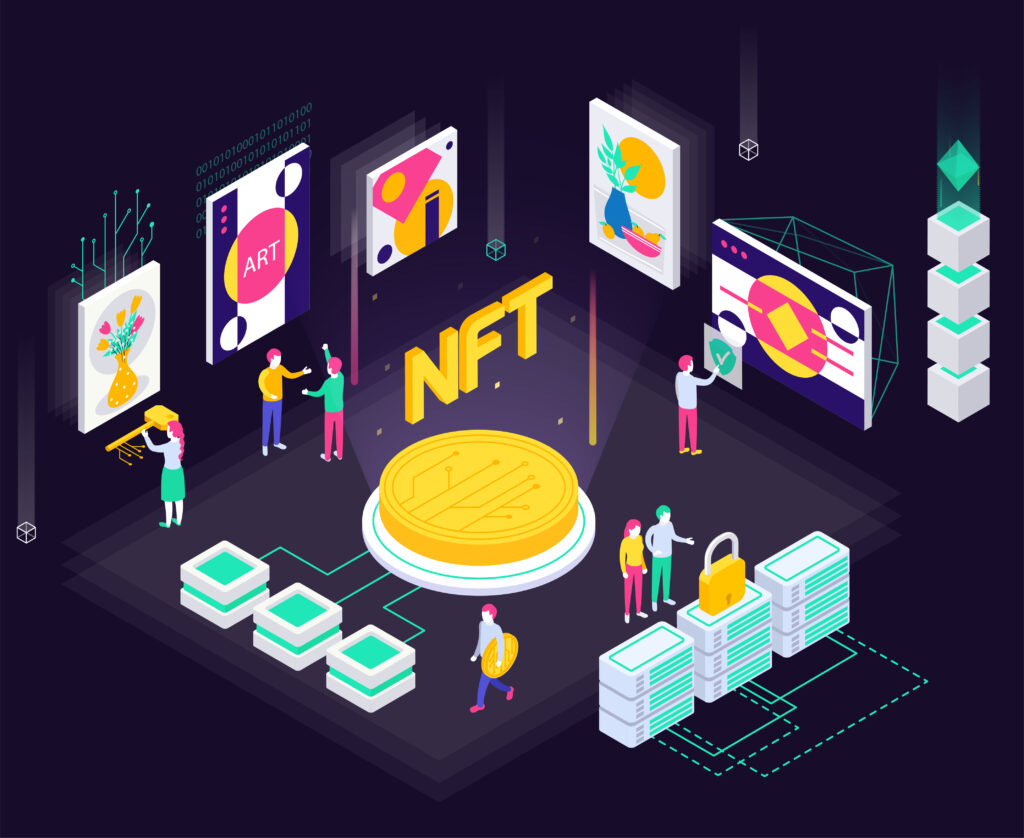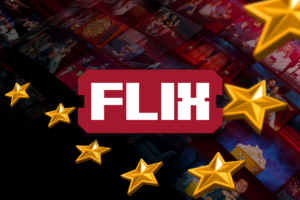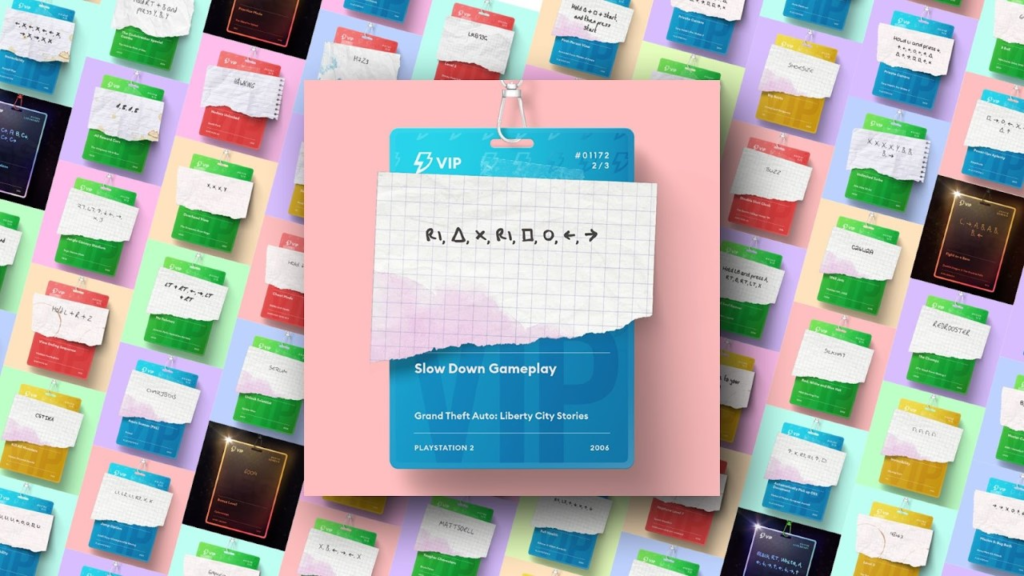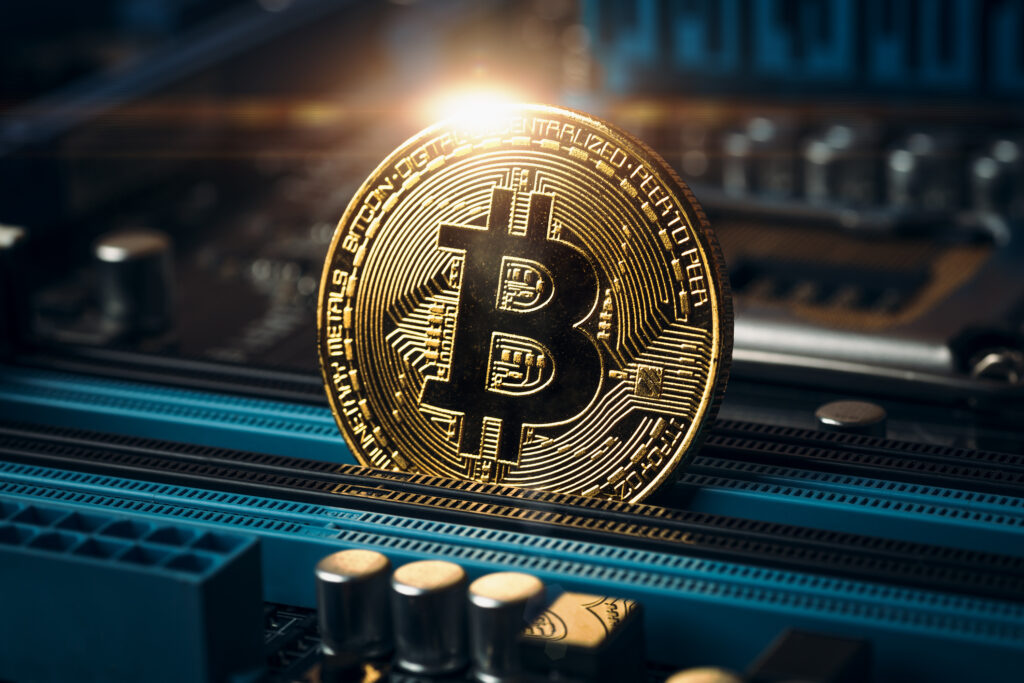
In this writer’s opinion the NFT hype is warranted — but not for the reason most people are investing.
For those who’ve been in the space since Bitcoin’s early surge, you’ll remember the Initial Coin Offering (ICO) boom of 2017. The crowdfunding vehicle, which mirrored an IPO on the public market, brought with it massive amounts of investment into the blockchain space that seemed to mirror Bitcoin’s rapidly increasing value.
In retrospect, none of it made sense.
With all the hype, the investment in the space didn’t match due diligence. As of August 2018, investors had lost nearly $100M in ICO exit scams, a major reason we no longer hear about ICOs.
From there, crowdfunding through token sales was rebranded alongside SEC regulation as Security Token Offerings (STOs). Additional fundraising iterations to enter the scene are Initial DEX Offerings (IDOs) and Initial Exchange Offerings (IEOs).
NFTs are having a similar moment to the immature and potentially reckless ICO market of 2017. The danger can be credited to a mix of hype and a widely unregulated environment with various points of entry and gatekeepers that are not incentivized to shore up fraud.
As a result, many purchasers of NFTs are falling victim to a spectrum that spans undeserving projects on the mild end and outright scams at the extreme. Meanwhile, hackers are exploiting the unregulated environment.
Just yesterday, $3 million in NFTs were stolen via an Instagram phishing scam.
This writer, however, is still bullish on NFTs — just not the ones that are getting all the attention.
NFTs represent a concrete entry-point into the blockchain with a tangible utility and infinite disruptive implications.
Here are a few.
Digital Assets as Social Proof
As a Millennial, I personally have a hard time understanding the notion of owning and assigning value to a digital asset, but my kids don’t.
I’ve written about how Gen Z has already adopted the concept of social proof in digital environments by assigning socially relevant value to digital assets like video game skins.
As Gen Z ages and becomes an increasingly powerful consumer population, this experience will matter. Whether or not their purchase behavior translates to adulthood remains to be seen, but our kids are already leveraging digital assets in the metaverse to exhibit their position in the social hierarchy in the same way that my generation assigned value to Jansport-brand backpacks.
Their concept of digital assets will be fundamentally different from ours, and NFTs are likely to benefit.
But Why Are NFTs Relevant to Me Now?
Social proof is far from the most interesting use case for NFTs.
In the near-term, NFTs can be utilized to store sale information of physical goods on the blockchain in order to eliminate nefarious actors in fraud-riddled industries like fine wine and art.
Moreover, NFTs can disrupt any industry with a substantial secondary market. By coding royalties into the smart contract of NFTs, original sellers of wine, art and other trade-susceptible brands and industries can ensure they’ll capture a fee anytime an item is transferred.
This solves a major problem for creators like photographers, artists and musicians that are notoriously underpaid in comparison to the value they create for brokers. It also has the potential to cut out middlemen like auction houses, record labels, and galleries to democratize the creator economy.
Other Innovators Have Introduced Creative Use Cases for NFTs
Gary Vaynerchuk utilizes NFTs as tickets for events and other value-adds to his community. Forbes introduced a series of NFT Billionaires that will update alongside the real-time NYSE to gamify their user’s NFT experience in a way that’s brand-relevant. Foxies.art is using a gamified version of NFTs to fundraise blockchain education for women.
The utility of NFTs is confined only by the imagination of our innovators. Whether or not NFT headlines today will remain relevant is yet to be seen, but one thing is certain: the disruption is only beginning.















